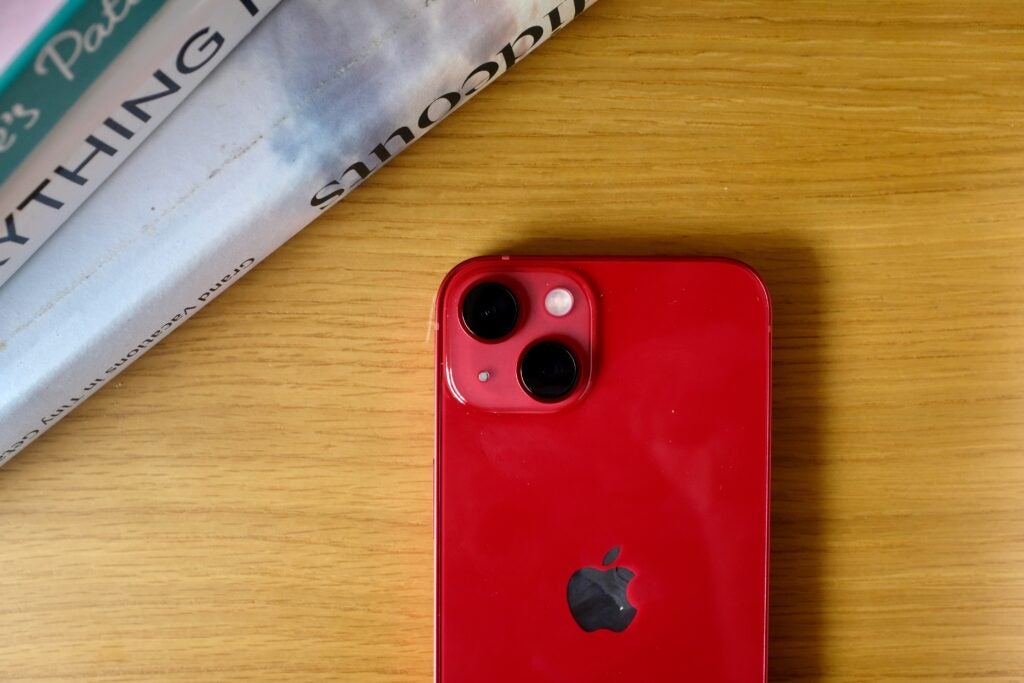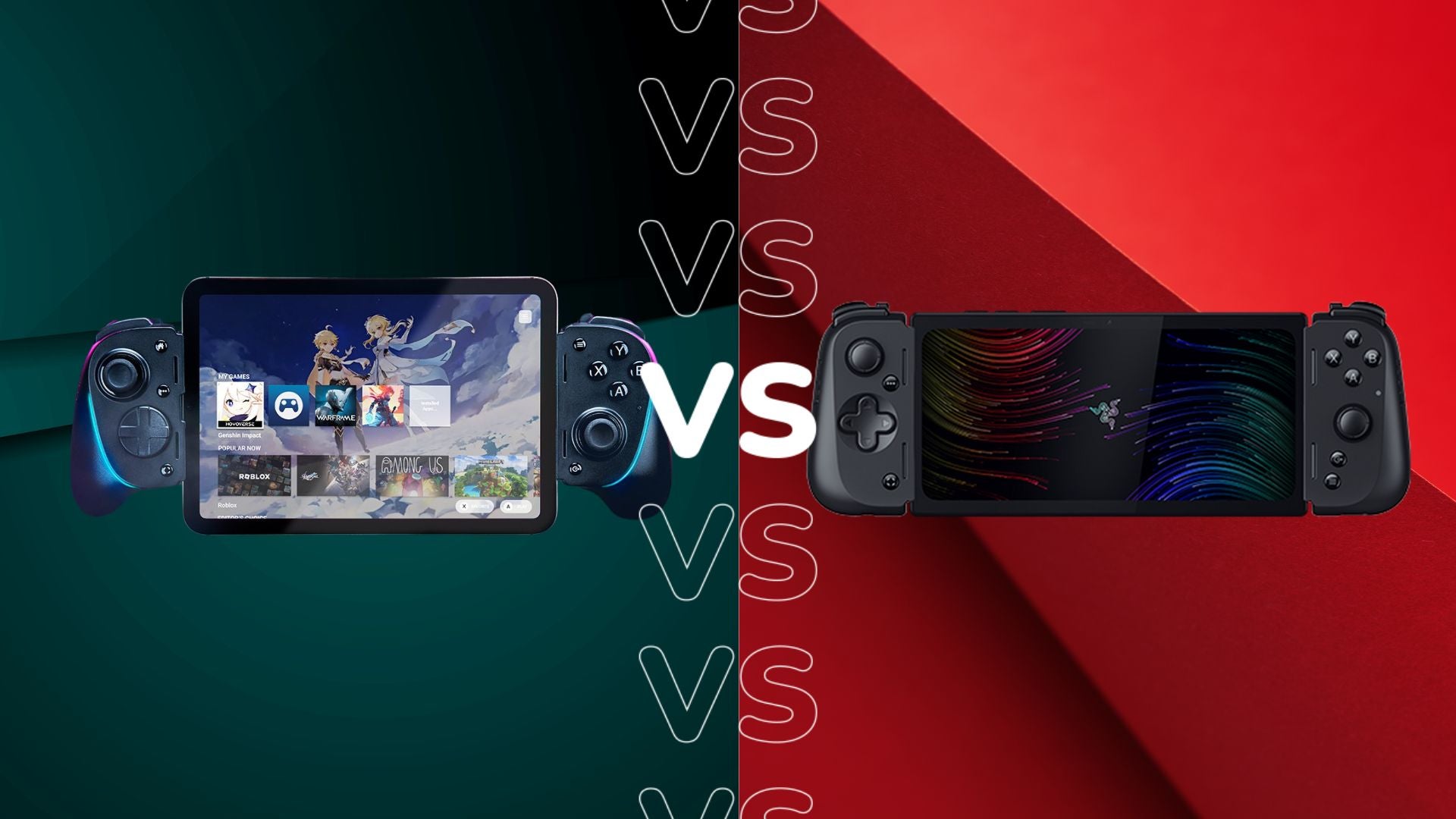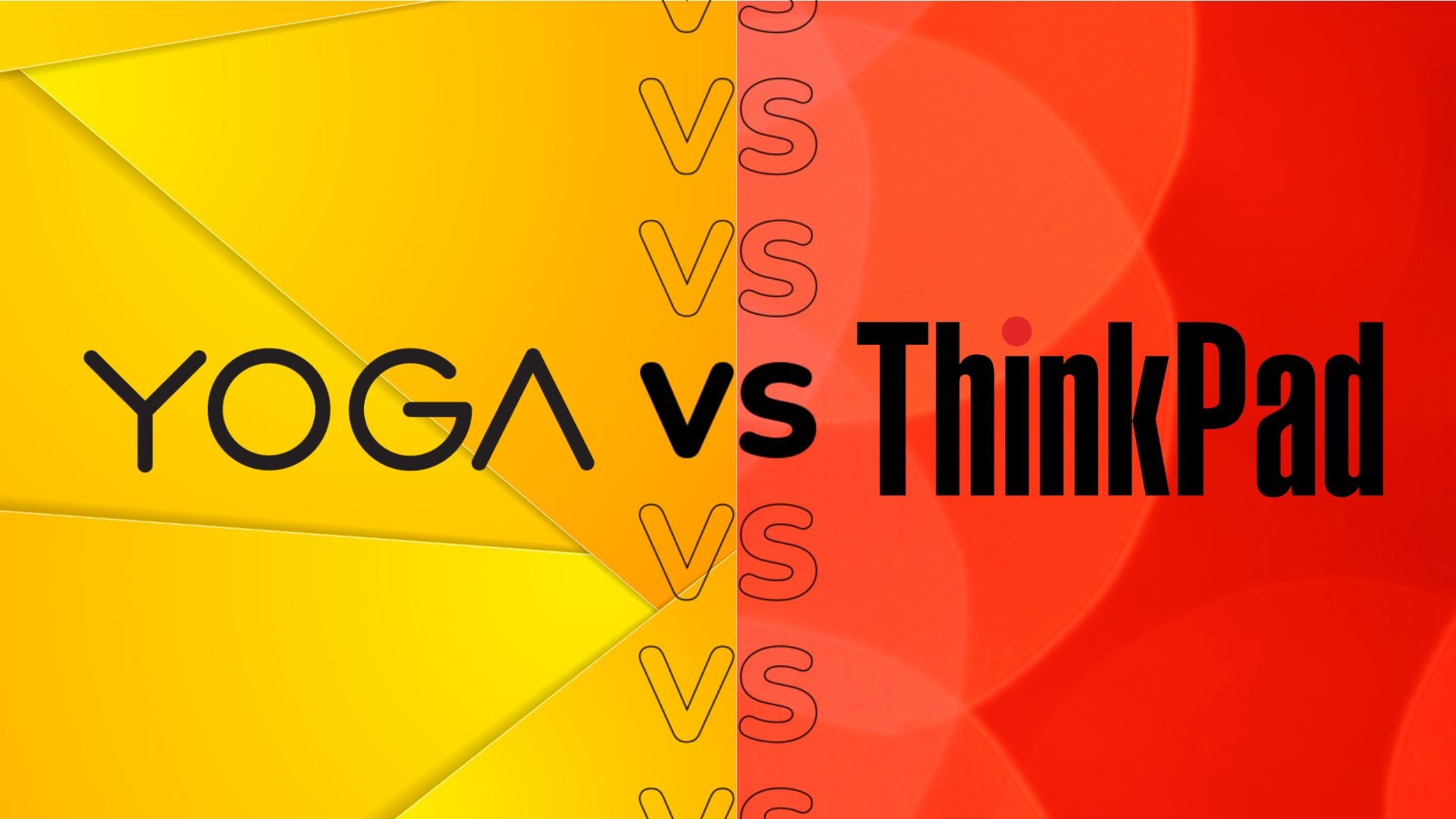iPhone 13 vs Pixel 6: Do you pick Apple or Android?

Both Apple and Google have knocked it out of the park with the new iPhone 13 and Pixel 6. But which phone is actually better? We put them both to the test to find out, here’s what we learned.
The past few months have been filled to the brim with announcements and launches, but it seems that Apple’s latest iPhone and Google’s new Pixel are what’s really stolen the show this year.
Apple went all out, releasing the iPhone 13, iPhone 13 Mini, iPhone 13 Pro and the iPhone 13 Pro Max. If you’re curious as to how the standard iPhone differs from the iPhone 13 Pro, feel free to click on the link prior.
Google was a little less adventurous than Apple, releasing just two phones, the Pixel 6 and the Pixel 6 Pro. You can also check out how the more premium handsets compare in our iPhone 13 Pro vs Pixel 6 Pro guide. In this article we will be sticking with the standard models, giving you the lowdown on how their features, cameras, specs and more compare.
Pricing and availability
The iPhone 13 launched in October of this year with prices starting at £779/$799/€909 for the base 128GB model, the most expensive variations coming in at £1079/$1099/€1259.
The Pixel 6 came out at almost the exact same time, but the starting prices are a bit cheaper, with the Pixel starting at £559/$599.
This does mean that in terms of price if you’re after a cheaper smartphone overall, Google is the way to go.
Screen and design
The iPhone 13 has a 6.1-inch Super Retina XDR OLED display with a 2532 x 1170 resolution, while the Pixel 6 has a 6.4-inch OLED display with a lower 1080 x 2400 resolution. However, during testing we found both screen’s to be suitably sharp and never had any issue with the lower resolution Pixel.
The bigger difference is that neither smartphone took the leap to 120Hz, with the iPhone sporting a 60Hz display while the Pixel 6 inches ahead with 90Hz. This makes the Pixel 6’s display feel smoother than the iPhone 13’s and slightly better for gaming. Refresh rate is a metric that measures how many images per second a screen renders.
Looking at the design, the latest iPhone comes in five colours – Product Red, Starlight, Midnight, Blue and Pink. Google didn’t give as many colour options, with the three available being Kinda Coral, Stormy Black and Sorta Seafoam.

The iPhone has a similar design to its predecessors, with a glass back and aluminium design. The Pixel 6 mixed it up a bit more, with a new camera panel on the back, as well as the colour options being split into two for a more distinctive look. During testing we found the iPhone’s more traditional design makes its slightly more comfortable to hold. The Pixel 6’s glass back feels a little slippery by comparison.
Both phones also have an IP68 rating, which means they can be submerged in up to 1.5 metres of water for up to 30 minutes without taking damage, so both will fare well if they get knocked into the sink or bath.
Specs and camera
The iPhone 13 is powered by Apple’s new A15 Bionic chipset, which packs in a six-core CPU, a four-core GPU and a 16 core Neural Engine, alongside 4GB of RAM.
Google also broke the mould this year, as the Pixel 6 comes with the new Google Tensor chipset, which is a move away from the third-party chips that were used in previous Pixel phones.

The new chip does fall behind in terms of Geekbench numbers when compared to Apple’s latest processor, but it doesn’t seem like Google is focusing that strongly on that aspect of its new phone. Google claims the chip has been designed to offer “next generation” AI smarts, rather than fast clock speeds. The Pixel 6 also has 8GB, which is double the iPhone 13.
The iPhone 13 also obviously uses Apple’s own iOS 15 software, while the Pixel 6 launched with Android 12. Both are excellent operating systems and the answer to which is better is largely determined by what ecosystem you’re already in. If you use Apple products in general, iOS is better. But if you use Windows or Chrome OS Android is great.
The iPhone 13 features a dual rear camera that is made up of a 12MP wide-angle lens with an aperture of f/1.6, alongside a 12MP ultra-wide-angle lens with an f/2.4 aperture. The iPhone 13 camera is also capable of reaching 5x digital zoom, with a 12MP TruDepth camera on the from of the phone for selfies, which has an aperture of f/2.2.
Looking at the video, the iPhone supports Dolby Vision as well as Apple’s own Cinematic mode, which offers a shallower depth field when recording in 1080p ar 30fps. It can also record in 4K at 60fps.
The Pixel 6 meanwhile has a 50MP wide camera with an f/1.85 aperture, with another camera clocking in at 12MP. This ultra-wide camera has an aperture of f/2.2 and a 114-degree field of view. Google’s phone also has a front-facing camera at 8MP with an aperture of f/2.0.
The Pixel can also record at 4K at 60fps, as well as video recording in 1080p at both 30 and 60fps.
During testing we found both cameras are capable of taking excellent photos. The iPhone 13’s custom cinema mode, which lets it intelligently create bokeh effects while recording gave it a lead in video. But the Pixel has a few custom features missing on the iPhone, the best of which is magic eraser. This is a clever AI-powered editing feature that lets you remove things like photobombers from captured photos in the camera app.

Battery life
Thankfully, the iPhone 13 has made big strides in the battery life department when compared to the iPhone 12. Our testing found that streaming Netflix at 75% brightness in HDR ate through just 7% of the iPhone’s battery.
The Pixel 6, meanwhile, can get to 50% charge in 36 minutes, and to 100% charge from zero in 115 minutes.
Both phones should get you through your day without issue, especially if you’re using your phone to text and call rather than stream.
The downfall of both phones is that neither come with a charger in the box, so you’ll have to make sure you’re already equipped with the appropriate USB-C and Lightning chargers.

Final verdict
The iPhone 13 and the Pixel 6 are quite different, with the iPhone being the more expensive option out the gate. Both phones have an OLED display and neither take full advantage of VRR or 120Hz refresh rates.
Both phones also feature new and improved chipsets and both have 12-megapixel camera arrays, though the Pixel 6 does feature a 50MP camera.
Ultimately, this will likely depend on your personal preferences, and if you’re already an iOS fan or if you prefer Android. Both phones will work well in their own ecosystems, so it just depends if you have a preference between Apple and Android.








